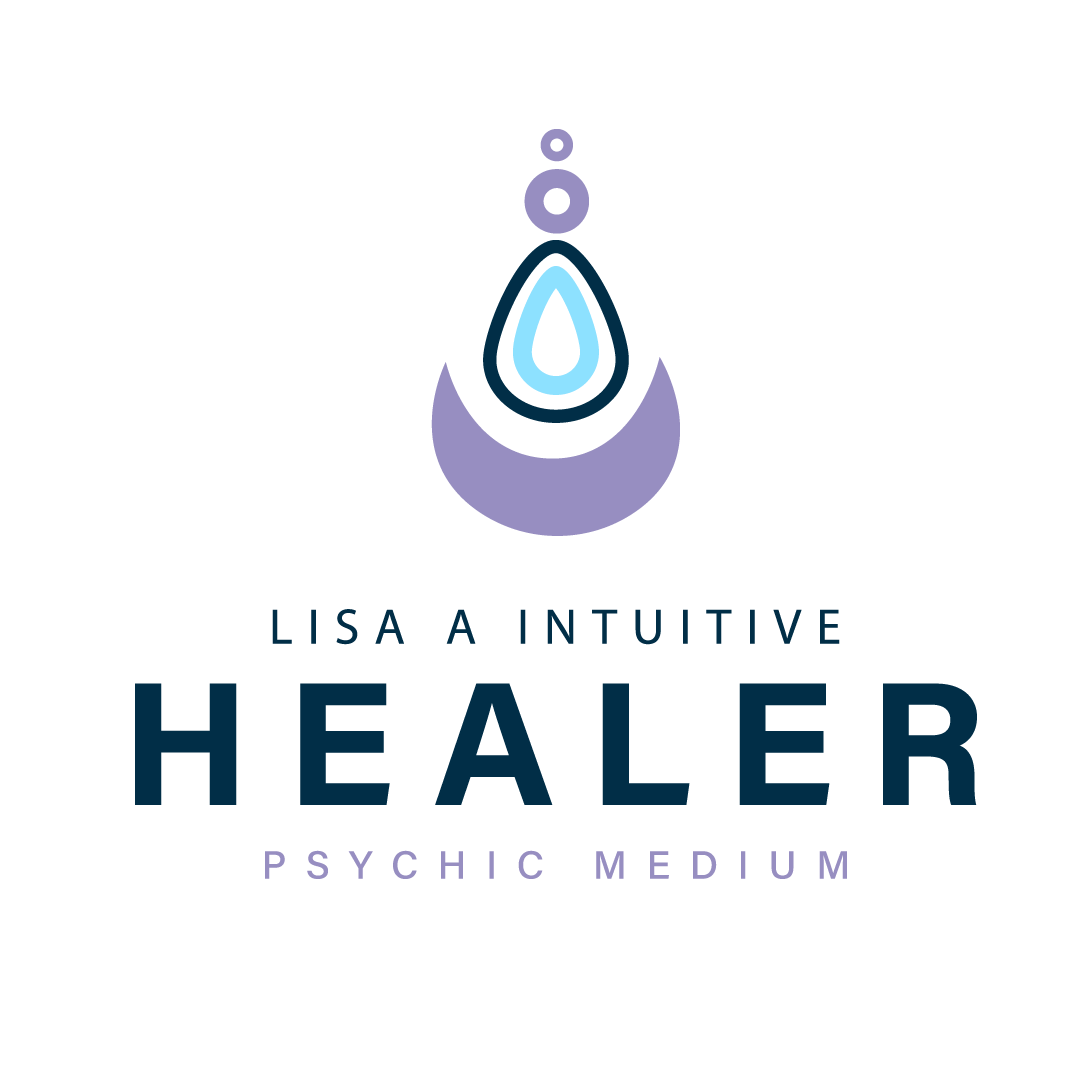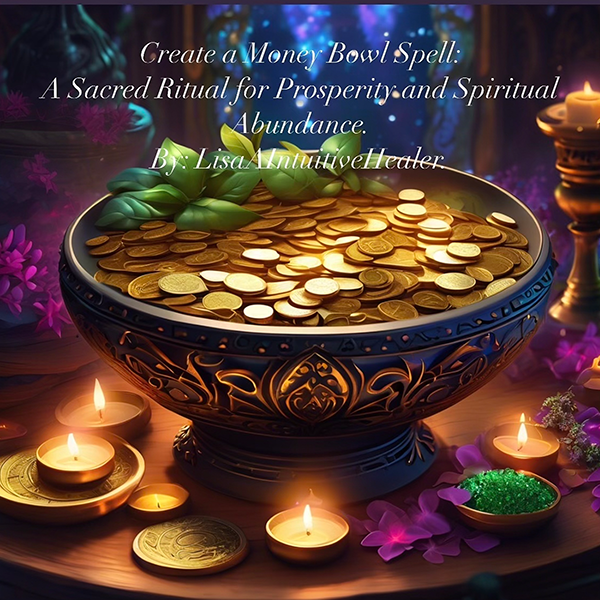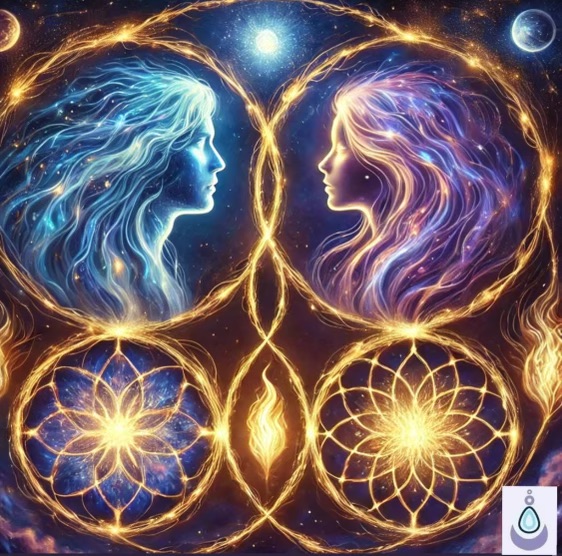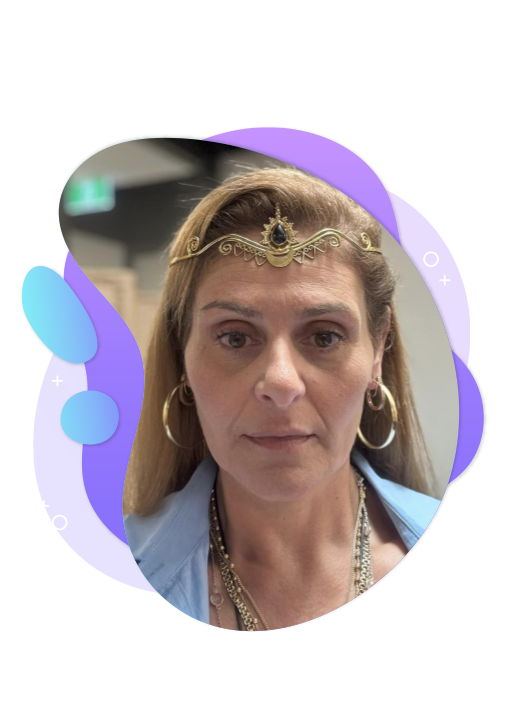
The evil eye is a belief or concept that stems from ancient history found in various cultures around the world, particularly in the Mediterranean region, Middle East, and South Asia. It refers to a malevolent or harmful look or stare that is believed to cause misfortune, injury, or bad luck to the person being looked at. This belief is that certain individuals, knowingly or unknowingly, possess the power to cast the evil eye through their gaze.
The evil eye is often considered a form of supernatural or occult power and is associated with envy, jealousy, or ill will. It is believed that the person casting the evil eye can harm others, their possessions, or even their livestock or crops. The evil eye is thought to affect individuals of all ages, genders, and social backgrounds. Envy and ill will don’t discriminate.
To protect oneself from the evil eye, various talismans, amulets, or charms are used in different cultures. These can include items such as blue glass beads, hamsa hand symbols, or Nazar boncuk (a blue eye-shaped amulet). The purpose of these objects is to deflect or ward off the negative energy associated with the evil eye and provide protection to the wearer.
It is important to note that the belief in the evil eye is rooted in cultural beliefs and some say it is superstition. While it holds significance to those who believe in it, it does not have any scientific or empirical basis. However I am biased as I do speak to spirit and there is nothing scientific about that.
The spiritual significance of the evil eye varies across different cultures and belief systems. Here are a few perspectives:
🧿. Protection from negative energy: In some spiritual traditions, the evil eye is believed to be a channel for negative energy or malevolent forces. It is seen as a form of psychic attack or spiritual harm that can be directed towards an individual. People may use protective measures like charms, amulets, or rituals to shield themselves from this negative energy and maintain spiritual well-being.
🧿. Warding off jealousy and envy: The evil eye is often associated with jealousy and envy. From a spiritual standpoint, these emotions are considered harmful and can create negative vibrations or energy. By acknowledging the existence of the evil eye, individuals may seek to protect themselves from the envious thoughts or intentions of others. It serves as a reminder to cultivate positive emotions and guard against negativity.
🧿. Awareness of energetic influences: The concept of the evil eye can also serve as a reminder of the interconnectedness of energy and the power of intention. It highlights the idea that our thoughts, emotions, and intentions can impact others and influence their well-being. By recognising the potential influence of the evil eye, individuals may become more mindful of their own energy and strive to cultivate positive intentions and attitudes.
🧿. Symbolic representation of spiritual beliefs: The evil eye can also be seen as a symbolic representation of deeper spiritual beliefs. It may symbolise the presence of divine protection or the ability to deflect negative influences. In some cultures, it is associated with the eye of God or a divine gaze that watches over and safeguards individuals from harm.
It’s important to remember that these spiritual interpretations are based on cultural beliefs and personal perspectives. The significance and understanding of the evil eye may vary among different individuals and communities.
The concept of the evil eye is found in various religions and belief systems, each with its own interpretation and significance. Here are a few examples of how the evil eye is addressed in different religious contexts:
- Islam: In Islamic tradition, the evil eye is recognised as “Al-Ayn” or “Al-Hasad.” It is considered a real phenomenon and is mentioned in the Qur’an and Hadith (sayings of the Prophet Muhammad). Muslims believe that the evil eye can cause harm or bring misfortune, and they seek protection through reciting prayers, reciting specific verses from the Qur’an, or using amulets and charms with Quranic inscriptions.
- Judaism: The evil eye, known as “Ayin Hara” in Hebrew, is also acknowledged in Jewish tradition. It is seen as a harmful gaze or negative energy that can cause harm or misfortune. In Judaism, the use of amulets, blessings, and prayers is common to protect against the evil eye. The Hamsa hand, often featuring an eye, is a popular symbol used for protection.
- Christianity: While the evil eye is not explicitly mentioned in the Bible, some Christian traditions and cultures acknowledge the concept. It is often associated with envy and the potential for negative spiritual influence. Christians may seek protection through prayer, blessings, or the use of religious symbols like crosses or medallions.
- Hinduism: In Hinduism, the concept of the evil eye is known as “Drishti” or “Nazar.” It is believed to be caused by jealousy or envy and can result in harm or misfortune. Hindus use various rituals, amulets, or talismans to protect themselves from the evil eye. The “Nazar battu” or “Nazar Suraksha Kavach” (protective amulets) are commonly worn or displayed in homes and vehicles.
It’s important to note that the belief in the evil eye and its remedies may vary within each religion and among different cultural practices. While the evil eye holds spiritual significance in these religions, it is not universally accepted or emphasised in all branches or interpretations of each faith.
In spirituality, the evil eye is often viewed as a form of negative energy or psychic attack that can affect individuals on an energetic level. It is considered a phenomenon where someone’s ill intentions or envious thoughts can impact others and potentially cause harm or misfortune.
From a spiritual perspective, the evil eye is associated with the concept of energy and vibrations or a psychic attack. It is believed that individuals emit and receive energy, and negative thoughts or intentions can create energetic disturbances. The evil eye is seen as a manifestation of such negative energy directed towards someone.
In spiritual practices, protecting oneself from the evil eye may involve various techniques, such as:
- Energy Clearing and Protection: Spiritual practitioners often use techniques like smudging, energy clearing rituals, or visualisation to cleanse and protect their energy field from negative influences, including the evil eye.
- Spiritual Shields and Amulets: Talismans, amulets, or protective symbols like the evil eye itself, hamsa hand, or other spiritual symbols may be used to create a shield of protection. These objects are believed to deflect negative energy and ward off the effects of the evil eye.
- Energetic Boundaries: Setting energetic boundaries is an important aspect of spiritual protection. Practitioners may focus on grounding themselves, visualising a protective shield around them, or practicing mindfulness to maintain a positive and resilient energy field.
- Positive Intention and Affirmations: Cultivating positive intentions, thoughts, and affirmations is seen as a way to counteract negative energy. By focusing on positivity and sending out good intentions, individuals aim to create a protective and harmonious energy environment.
It is important to note that the interpretation and practices surrounding the evil eye in spirituality can vary among different belief systems, traditions, and individual practitioners. The emphasis is often on maintaining and cultivating positive energy, protecting oneself from negative influences, and promoting spiritual well-being.
The history of the evil eye dates back thousands of years and is deeply rooted in various cultures and civilisations. Its origins can be traced to ancient Mesopotamia, Egypt, Greece, and Rome, among others. Here are some key aspects of the history of the evil eye:
- Ancient Mesopotamia: The belief in the evil eye can be traced back to the ancient Mesopotamian civilisation, particularly in the Sumerian and Assyrian cultures. It was considered a potent force that could bring harm or misfortune. Protective amulets and rituals were used to ward off its effects.
- Ancient Egypt: The evil eye was also recognised in ancient Egyptian culture. The Eye of Horus, a powerful symbol associated with protection and healing, is believed to have originated from the concept of the evil eye. The eye symbolised the watchful gaze of the sun god Horus, providing protection against evil forces.
- Ancient Greece and Rome: The belief in the evil eye was prevalent in ancient Greek and Roman societies. It was associated with envy and jealousy, and its effects were believed to cause illness, infertility, or general misfortune. Various protective amulets, such as the phallus-shaped fascinum or the gorgoneion (depicting the head of Medusa), were used to ward off the evil eye.
- Mediterranean and Middle Eastern Cultures: The concept of the evil eye spread throughout the Mediterranean region and the Middle East, becoming deeply ingrained in the cultural beliefs and practices of these areas. It is particularly prominent in countries such as Turkey, Greece, Italy, Iran, and India. Different cultures developed their unique methods of protection against the evil eye, including the use of amulets, charms, chanting prayers, or rituals.
Over time, the belief in the evil eye has transcended geographical boundaries and has been embraced by diverse cultures worldwide. While its interpretations and practices may differ, the underlying concept of a malevolent gaze that can cause harm remains a common thread in the history of the evil eye.
In modern society, the belief in the evil eye has indeed been adapted and incorporated into various aspects of contemporary living. Here are some ways in which the concept of the evil eye has been adopted:
- Fashion and Accessories: The evil eye motif has become a popular design element in fashion and accessories. It can be found in jewelry, clothing, bags, and home decor items. The symbol is often used for its aesthetic appeal and as a fashionable accessory rather than solely for its protective qualities.
- Home Décor: The evil eye symbol is often used in home decor as a talisman or amulet to ward off negative energy and protect the household. It can be found in the form of wall hangings, decorative objects, or incorporated into architectural elements.
- Personal Accessories: Many individuals wear evil eye jewellery or carry amulets as a personal form of protection. These items can include pendants, bracelets, keychains, or even smartphone cases. They serve as a reminder of the wearer’s belief in warding off negative influences and promoting positive energy.
- Digital Culture: The concept of the evil eye has also found its way into the digital realm. In social media and online communication, the term “evil eye” or “jealous eye” is sometimes used to describe someone’s envy or negative attention directed towards others. It has become a metaphorical expression in the context of virtual interactions.
- Pop Culture References: The evil eye has made appearances in popular culture, including movies, literature, and music. It may be used as a plot device or as a symbolic representation of jealousy, protection, or supernatural forces. These references help to perpetuate the cultural significance and awareness of the evil eye in modern society.
It’s important to note that while the evil eye symbol and its adaptations have become popular in contemporary society, their use is often divorced from the original spiritual or cultural beliefs associated with the concept. In many cases, the adoption of the evil eye is more of an aesthetic or cultural appreciation rather than a belief in its supernatural powers.
In our embrace of the evil eye in various aspects of modern living, we must never lose sight of its essence and true purpose. We must remember the origins and intentions behind its creation, and the beliefs it represents. The evil eye holds a significant place in the histories and cultures that gave birth to it, and it is essential to honour that heritage.
Originally crafted as a potent symbol of protection against negative energy, envy, and harm, the evil eye served as a guardian against malevolent forces. It was born out of a deep understanding of the interconnectedness of energies and the potential for harm through ill intentions. Generations before us recognised its power and sought its safeguarding influence.
While we have adopted the evil eye into our contemporary lifestyles, it is vital to approach its use with respect and cultural sensitivity. As we incorporate its symbol into fashion, accessories, or home decor, let us remain mindful of the rich tapestry of beliefs woven into its history. Let us not reduce it to mere aesthetics, but rather embrace it as a reminder of the need to cultivate positive intentions, ward off envy, and protect ourselves and others from negative influences.
In the digital age, where envy and negativity can thrive, we must also be mindful of the true essence of the evil eye. It is not merely a metaphor for jealousy, but a profound symbol rooted in ancient wisdom. By understanding its original purpose, we can recognise its significance beyond pop culture references or fleeting trends.
By acknowledging the essence and true purpose of the evil eye, we pay homage to the cultures and traditions that have revered it for centuries. We ensure that its symbolism retains its integrity and meaning in our modern world. Let us celebrate its heritage, embrace its power, and carry it forward with reverence, so that its essence remains alive in our hearts and minds.
In various cultures and belief systems, there are different methods believed to rid oneself of the effects of the evil eye. Here are some commonly practiced techniques:
- Prayer and Spiritual Practices: Engaging in prayer or spiritual practices specific to your faith or belief system can be a way to seek protection and rid yourself of the evil eye. This may involve reciting prayers, mantras, or sacred verses that are believed to ward off negative energy and bring spiritual cleansing.
- Energy Clearing and Smudging: Energy clearing techniques, such as smudging with herbs like sage, palo santo, or using incense, are thought to purify and cleanse the energy field. This practice aims to remove any negative or stagnant energy, including that associated with the evil eye.
- Visualisations and Intentions: Visualising a protective shield around yourself or imagining a bright light cleansing and purifying your energy can be helpful. Focusing on positive intentions and affirmations, such as affirming your inner strength and resilience, can help in releasing and repelling any negative influences.
- Seeking Assistance from Spiritual Practitioners: In some cases, individuals may seek the assistance of spiritual practitioners, such as energy healers, shamans, or religious leaders, who have experience in dealing with spiritual issues. These practitioners may perform rituals, energy work, or provide guidance on how to alleviate the effects of the evil eye.
- Using Protective Amulets or Talismans: Wearing or carrying protective amulets or talismans, such as the evil eye charm, hamsa hand, or other symbols associated with protection, is believed to guard against the evil eye. These objects are seen as deflecting negative energy and providing a shield of protection.
It’s important to note that the effectiveness of these methods may vary depending on individual beliefs, cultural practices, and personal experiences. If you feel strongly affected by the evil eye or negative energy, it can be beneficial to consult with a trusted spiritual advisor or practitioner who can provide guidance tailored to your specific situation and beliefs.
LisaAIntuitiveHealer ©️




